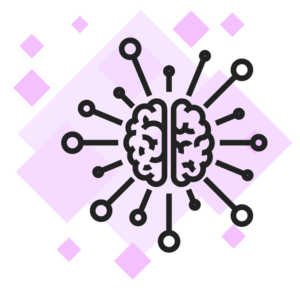Microsoft has integrated Nuance’s Dragon Ambient eXperience (DAX) solution into its own Microsoft Teams platform. The arrangement will allow doctors to activate DAX with Microsoft Teams workflows during their virtual consultations.

The news builds on the existing relationship between Nuance and Microsoft. The two companies joined forces to develop an Ambient Clinical Intelligence (ACI) platform in October of 2019. DAX is the result of that collaboration, an ACI solution that would eventually debut in the early stages of 2020.
DAX uses conversational voice recognition to generate clinical records in real time. The product was designed to reduce the administrative burden on physicians, allowing them to spend more time treating patients and less time worrying about paperwork. According to Nuance, the opt-in platform has already spurred a 20 percent increase in patient throughput, while simultaneously reducing the amount of time spent on clinical documentation by as much as 50-75 percent.
Nuance and Microsoft are hoping that the new integration will help meet the rising demand for telehealth services during the COVID-19 pandemic. Nuance has already extended support to existing telehealth platforms to make sure that doctors have access to the same features whether they are performing virtual or in-person consultations.
“The dramatic growth of telehealth represents a unique opportunity to use Nuance DAX to transform healthcare experiences and define what providers and consumers should expect from advanced digital health solutions,” said Nuance EVP and Healthcare GM Diana Nole. “Our partnership with Microsoft illustrates the importance of combining our technologies, domain expertise, and market reach to develop advanced cloud-based AI solutions.”
DAX is built on a Microsoft Azure foundation, and is compliant with the HITECH Act and the latest HIPAA regulations. Any interactions recorded with the DAX and Microsoft Teams workflows are captured securely, and require the full consent of the patient.
Nuance itself has migrated its internal infrastructure to the Microsoft Azure platform.

Follow Us